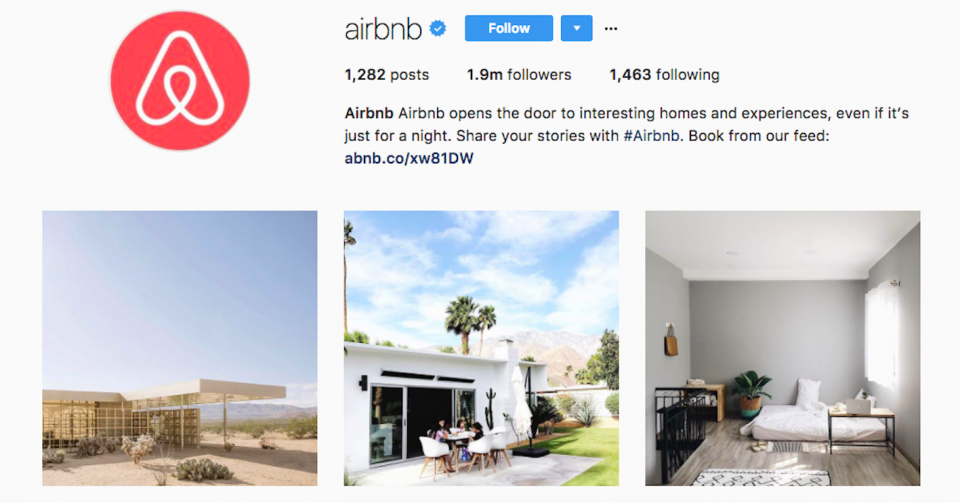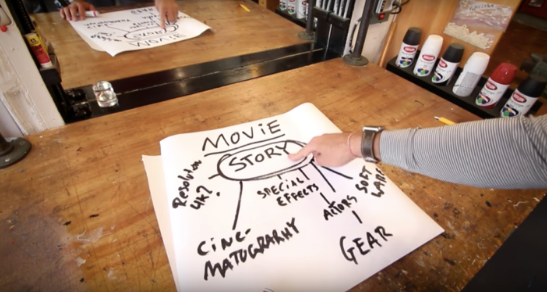Can we take a moment to acknowledge just how pressuring it is for a prospective tertiary student to decide on a major that might define their professional career forever? As a tourism student-turned PR practitioner, the transition into the world of public relations comes with a steep learning curve. But it pays off massively if you have an eye for current affairs and an excellent command of one or more languages.
After a couple of internships later, I realised a whole world lay beyond the familiarity of working for a brand. There was a mystery to these elusive agencies which hardly basked in the spotlight themselves, yet worked laboriously to ensure that their clients shone the brightest.
As a humorous nod to the hit comic series which our agency is affectionately named after, we think that the dynamic between agencies and in-house brands mirrors that of the one shared between mutants and humans in the X-Men universe. Being in an agency is like being a part of the X-Men, there are always more experienced practitioners that you can learn from and when the going gets tough, it truly helps to know that your team understands exactly what you’re going through.
With the exception of crisis prone industries, in-house PR and comms teams tend to be very lean. A small, tight-knit team comprising of a few experienced individuals are usually responsible for overseeing and managing entire marketing campaigns. Does this sound appealing to you? While you will enjoy the autonomy of being able to call the shots, you might feel weighed down by the sheer size of the responsibilities which lie solely on your shoulders.
So, how do you ascertain which working environment would be most conducive to your professional and personal growth? If you’re a fresh graduate exploring the possibility of a career in PR and communications, here are some reasons why we think agencies are the best place to work in – especially if you’re still on the fence.
Developing expertise across different verticals
As agencies evolve to stay ahead of the curve, many now offer a wider range of complementary services. From PR and content marketing to digital and social media management, agencies are usually filled with folks who bring diverse skill sets to the table. Depending on the client’s business objectives, people from different teams come together to get the job done.
For example, Mutant’s portfolio of clients spans across the consumer, lifestyle, technology and corporate verticals. Having the chance to explore a myriad of sectors and industries is ideal for those who are undecided about the industry they eventually want to carve out a career in. Focus first on mastering the fundamentals of the trade, before jumping into a specific field.
Learning from a team of experienced practitioners
With a shrinking media pool and mercurial audience habits, it takes more than just a seasoned practitioner to be a good mentor. From the undeniable force that is influencer marketing to the rising adoption of messaging apps, good mentorship comes from the ability to guide, while also adapting quickly to the changing times.
In an agency environment, the matrix-style organisational structure which requires you to sit across multiple practices will expose you to a plethora of unique perspectives and ideas. The great thing about working in an agency is that no two days will be the same, due to the nature of the client work involved.
Character development
It shouldn’t come as a surprise that extensive relationship-building, be it with the media, clients or other stakeholders is a part and parcel of agency life. Contrary to popular belief, you don’t need to be a social butterfly to flourish in a client-facing role – as long as you have the ability to empathise with people and forge sincere, genuine relationships, you will succeed.
While having to juggle the expectations of multiple parties might seem a tad challenging at the start, you will find yourself easing into it as you spend more time in your role. Sometimes, you will feel like the cards are stacked against you. However, the pain is short-lived, and you will find yourself emerging relatively unscathed, having grown more confident and eloquent.
We could always spend time wondering if an agency function or in-house PR and comms role would suit us better, but the truth is we’ll never know for sure without experiencing a job firsthand. So if you’re still looking for something to nudge you into taking that leap of faith – take a deep breath, get your résumé in order, and apply away!
Well, what are you waiting for? If you’re on the hunt for a PR gig, you ought to write in to us at : [email protected]



